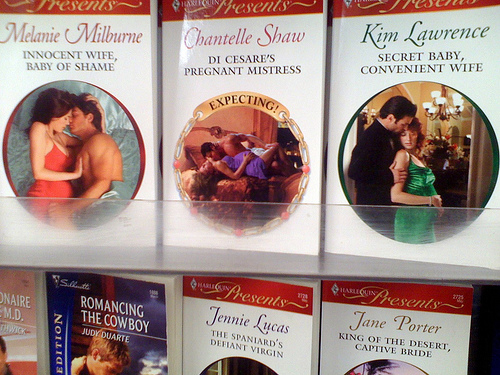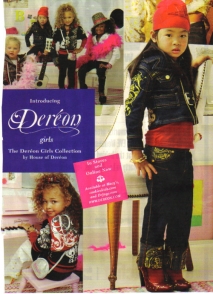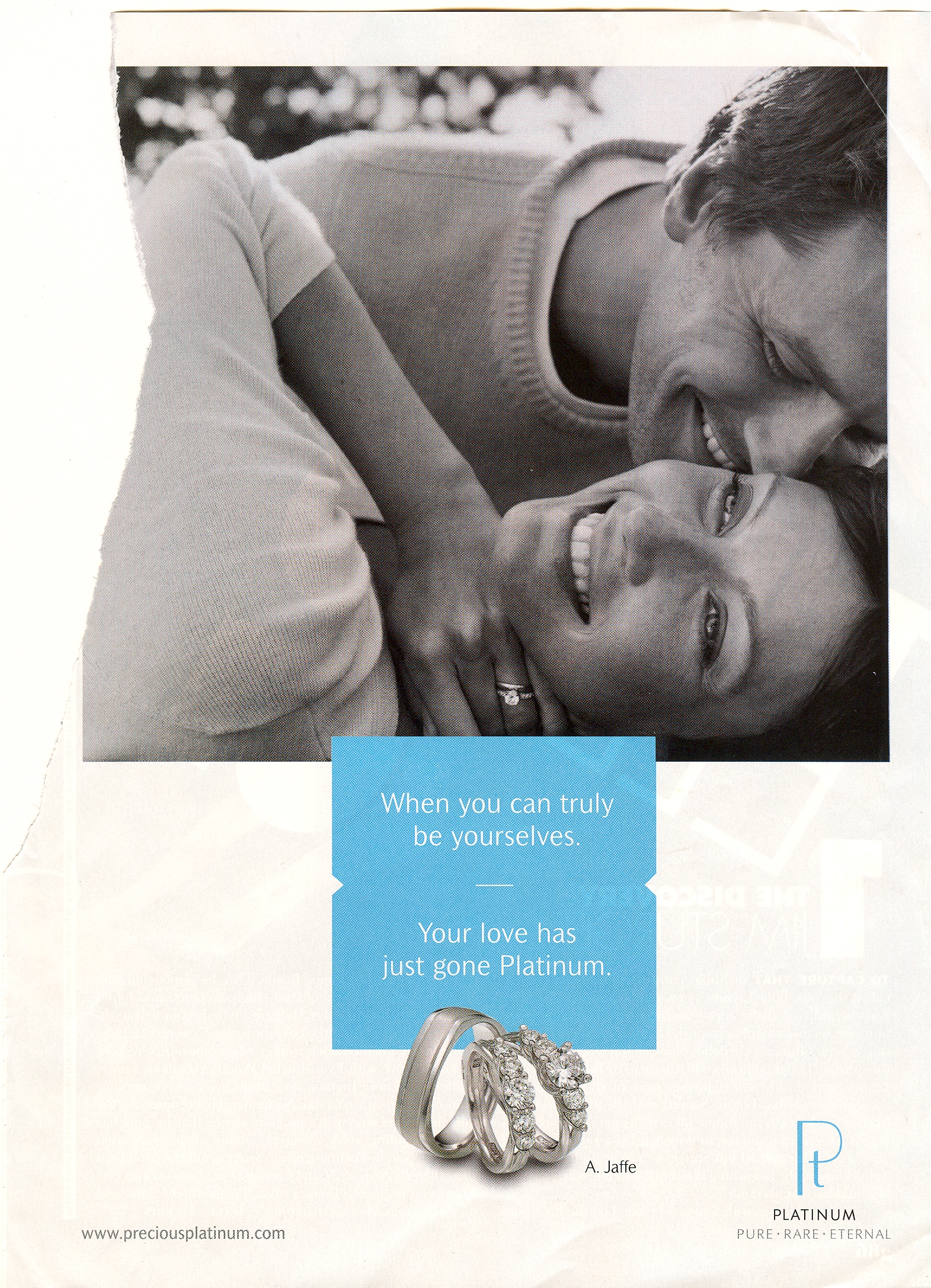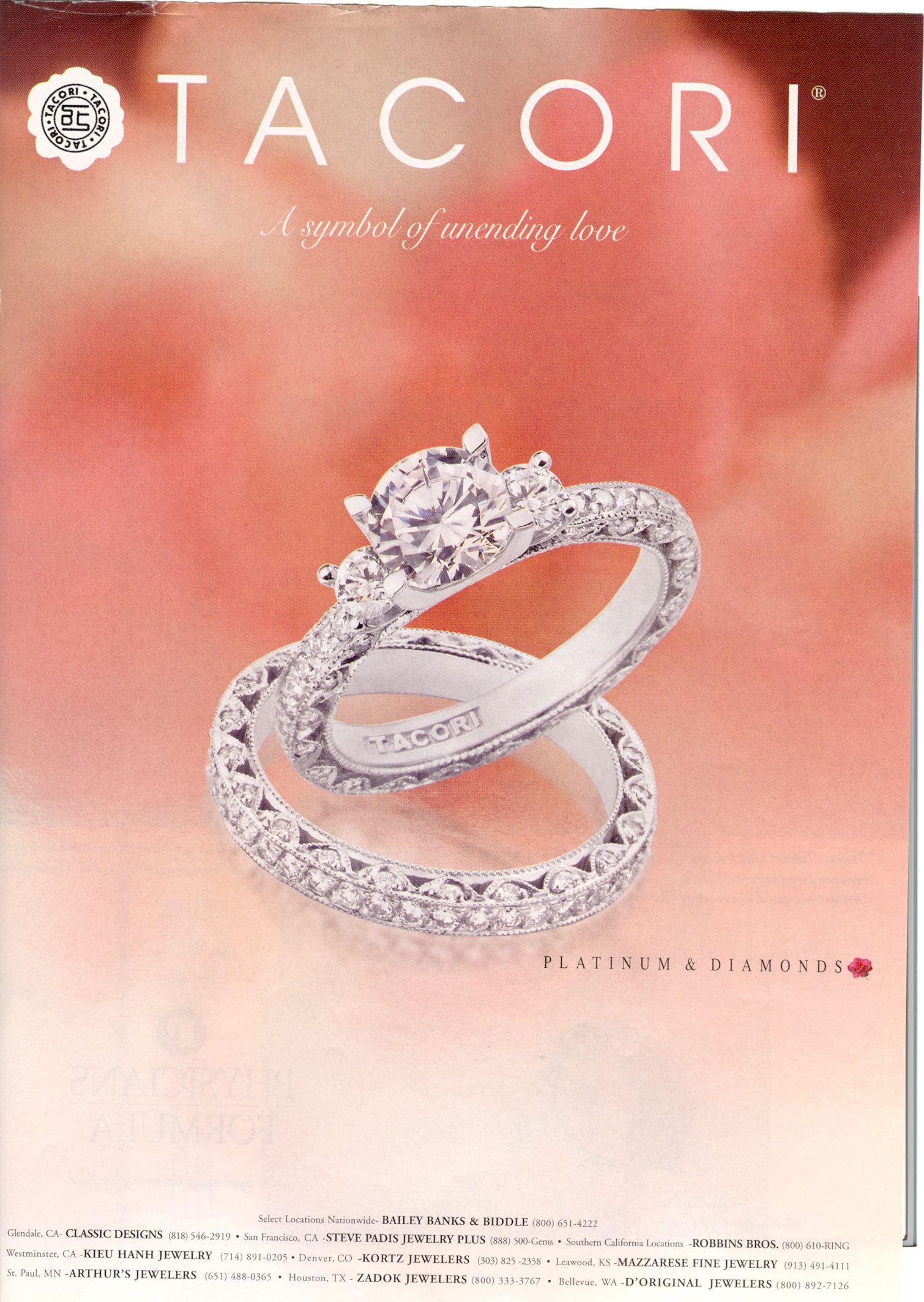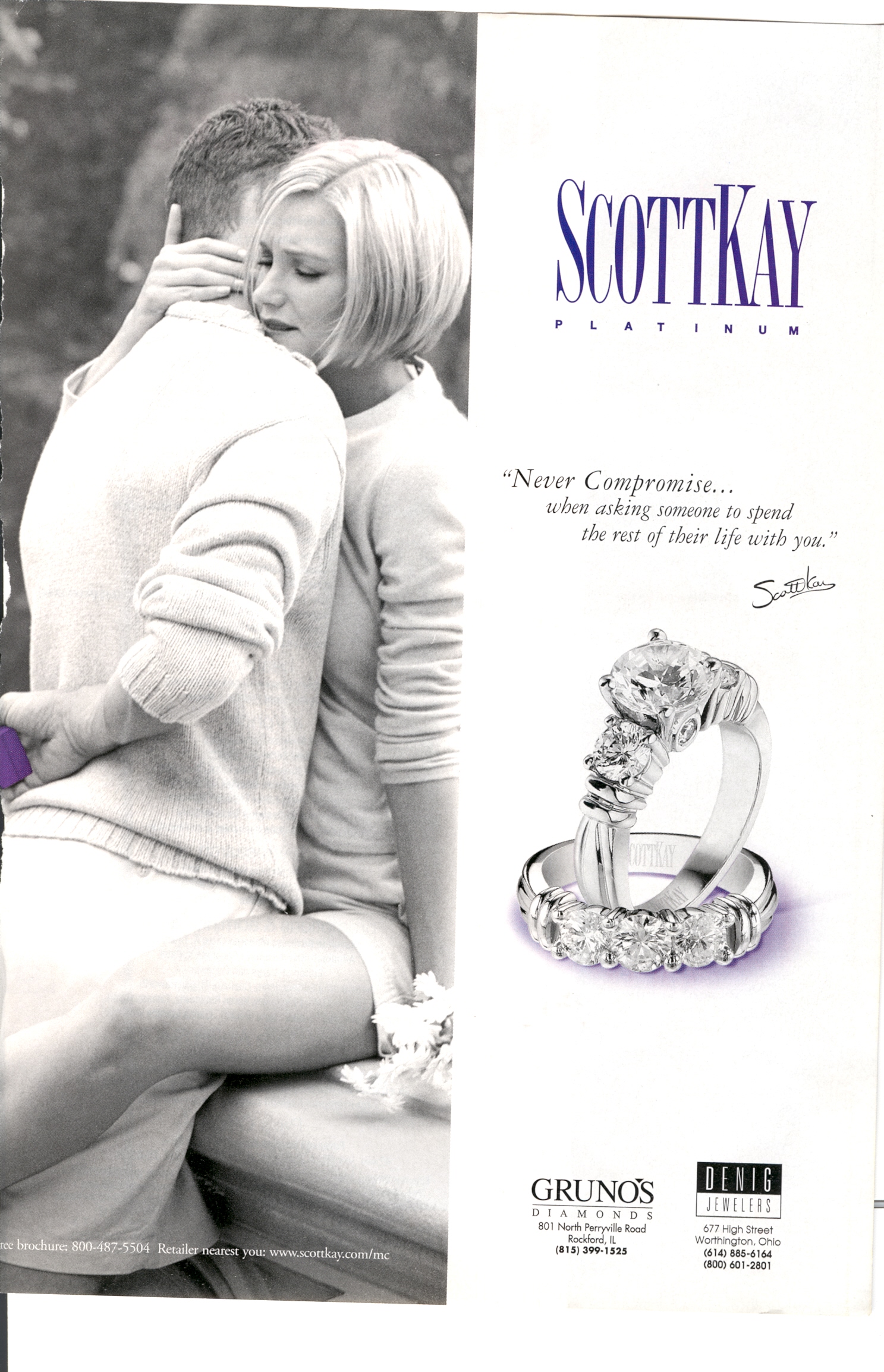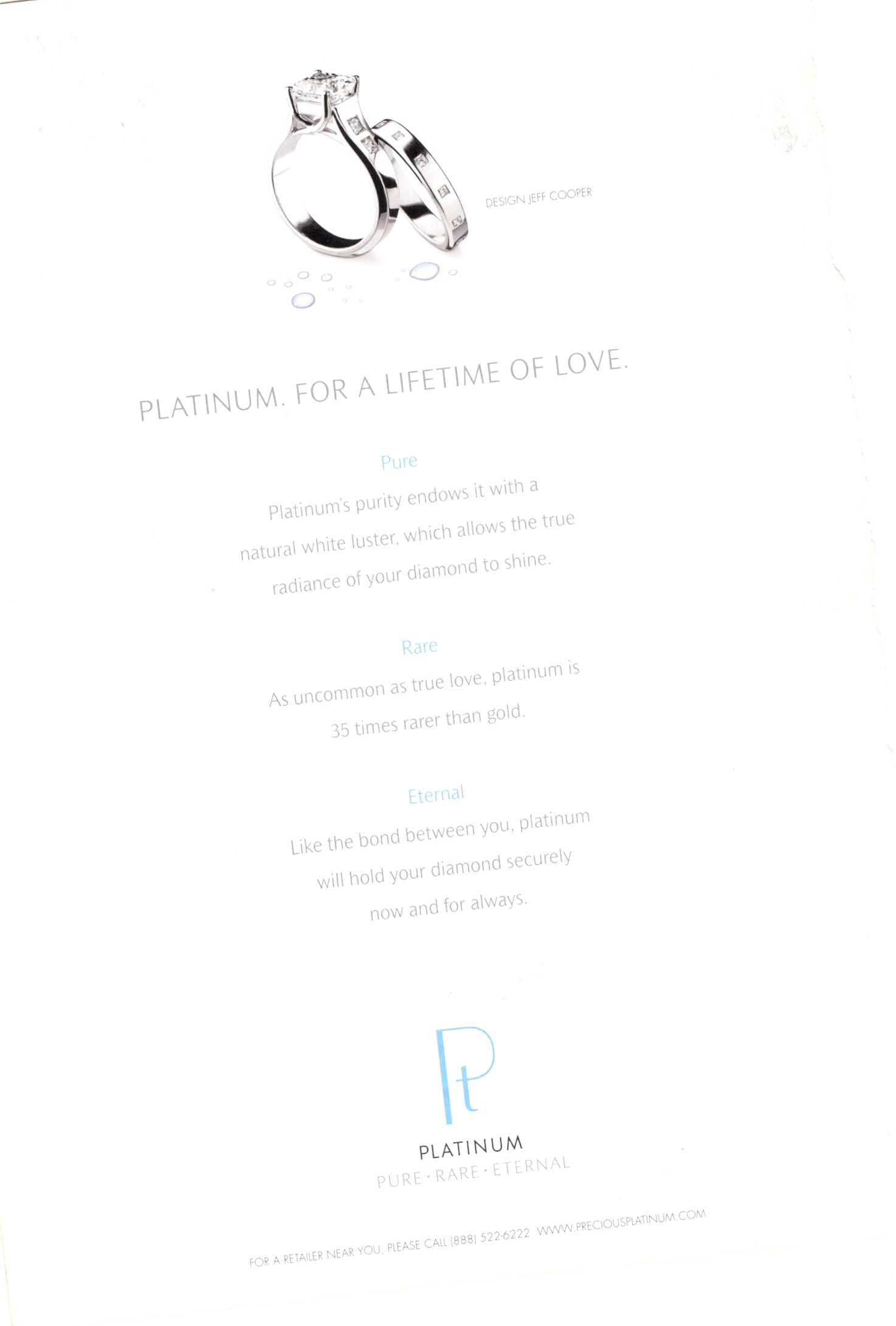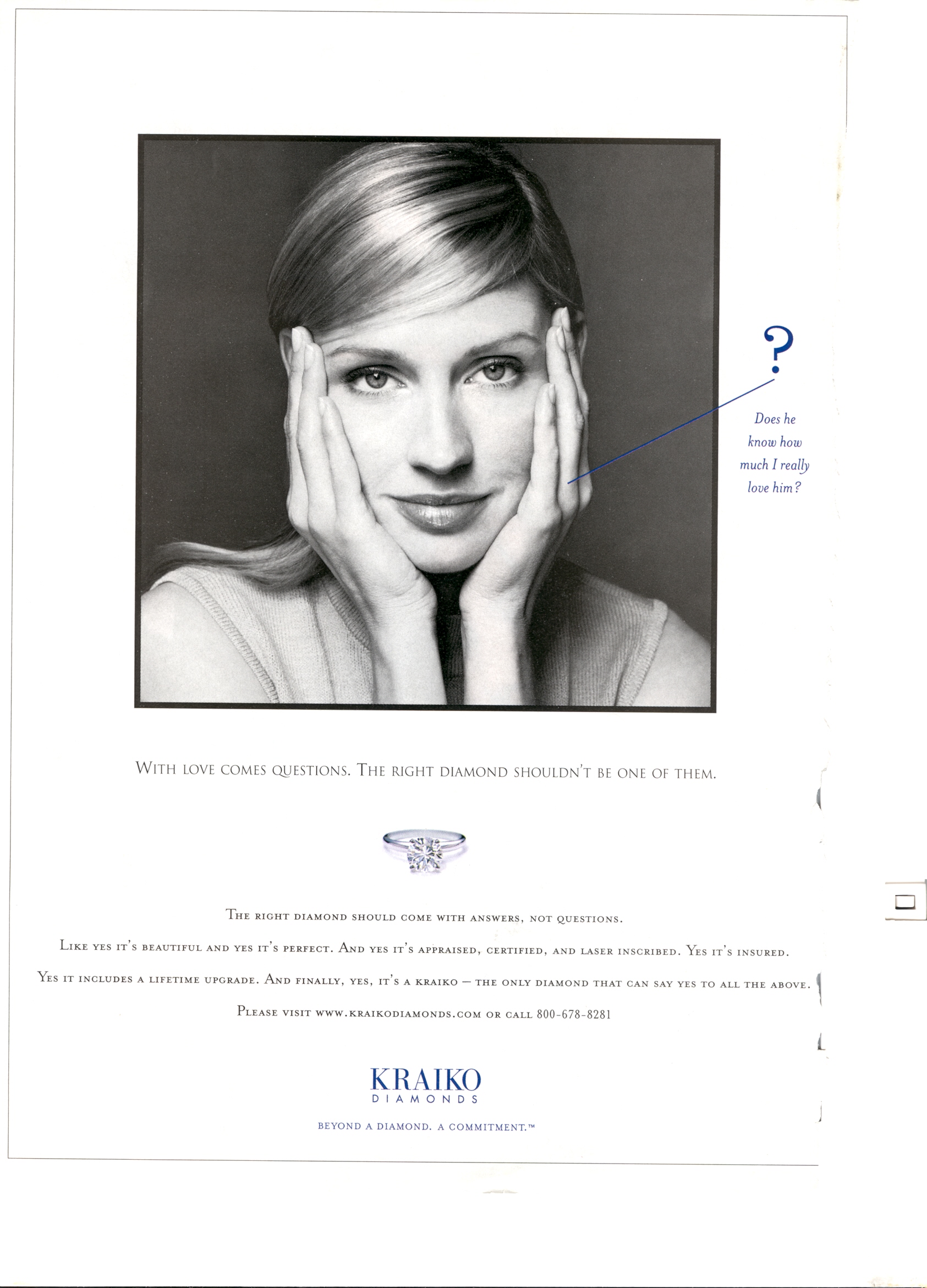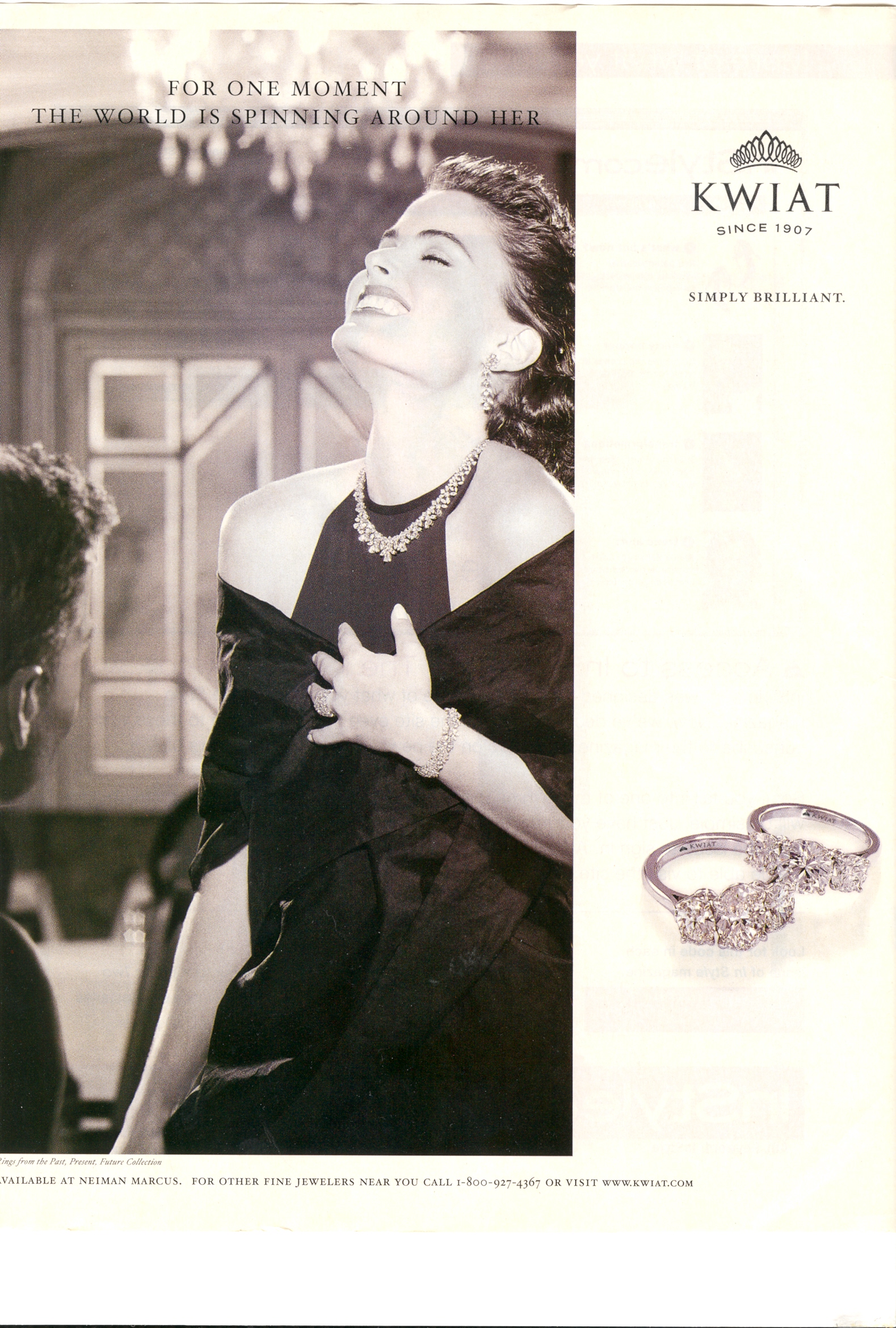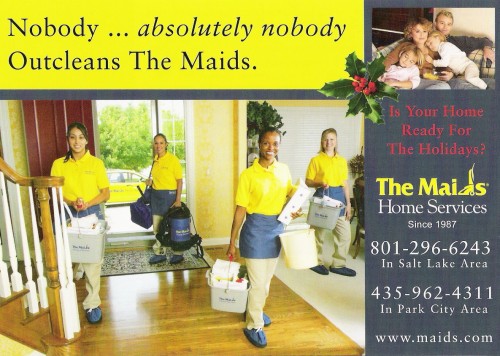Larry brought my attention to Save the Ta-Tas, a breast-cancer awareness company. I can’t quite decide what to make of them–the website says a “portion of gross sales” is contributed to fighting breast cancer, but not how big of a portion. So presumably you are fighting breast cancer by paying $24.95 for t-shirts like this one:
I assume it’s a for-profit company. And the t-shirts are kind of funny, and they’re bringing attention to a worthy cause. And yet it’s another example of consumption as activism (see here, here, and here; there are other examples if you search under the “activism” tag). I mean, you could just donate $25 straight to a breast cancer awareness organization and know all $25 went there, as opposed to knowing some unspecified “portion” of it did. I guess if you’re going to buy a t-shirt anyway, you might as well buy one that will provide some money to an organization you care about, but if your interest is in actually funding breast cancer research, there seem to be more efficient ways to go about it.
On the other hand, I am fascinated by this product:

Despite what your dirty little mind might be thinking, the website informed me that Boob Lube is to be used for breast self-exams. Why you would need lube for that, I cannot say.
Thanks, Larry!
NEW: 73man pointed out the Irish Women’s Health Care “Two Tits and a Vote” campaign to get people to demand that politicians help provide more access to breast cancer screening. Here’s a photo from the campaign:
Note that the Mona Lisa stamp in the background has huge boobs.

This campaign is unlike the first one because it’s not attached to a corporation, as far as I can tell. But it seems like there would be a way to bring attention to this issue without using the body of a model-thin women with big boobs.
Then again, I guess maybe those are the type of boobs politicians would be most worried about being damaged.
Thanks, 73man!




